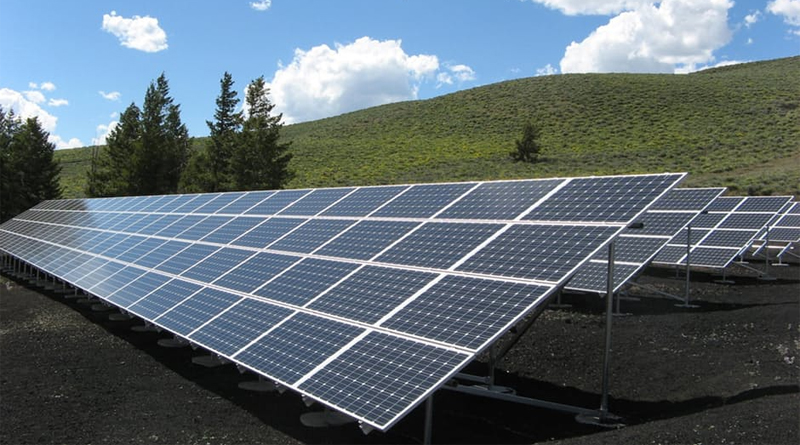SOLAR FLUIDS – THE FUTURE OF SOLAR POWER?
In 2009, the UK government released a national renewable energy action plan, which focussed on decreasing emissions and the use of non-renewable gases and fuels. The renewable energy directive states that, by 2020, the UK should aim to achieve 15 per cent of its energy consumption from renewable sources. Since the 2009 directive, we have seen a significant increase in the use of solar panels in both domestic and industrial applications.
Here Clive Jones, managing director of thermal fluid and heat transfer specialist Global Heat Transfer discusses how the rise in solar applications is changing the energy market, and what countries are leading the way.
According to recent reports, Germany is leading the way when it comes to solar energy use. Not only has Germany installed thousands of solar panels already, it also plans switch entirely to renewable energy by 2050.
In less developed parts of the world, solar energy is also proving extremely popular. Take Tanzania for example. Although only 40 per cent of the population of Tanzania have access to grid electricity, the country has recently launched its ‘one million solar homes’ initiative to provide the sun’s power to one million properties by 2017.
Methods of production
One system for large-scale solar thermal power generation is parabolic trough technology. Thermal fluids play a vital role in this process and maintenance is paramount to ensure efficient and safe generation of energy. Parabolic trough power plants use curved, mirrored troughs to reflect direct sunlight onto a central glass pipe containing fluid – called the receiver, absorber or collector.
Thermal heat transfer fluid then passes through the receiver and becomes incredibly hot. It is then used to heat water to boiling point and the steam drives a turbine generator, converting mechanical energy to electrical energy. The process converts about a third of the heat energy into electricity.
With parabolic solar thermal generation, fluids have to work for prolonged periods at up to 400 degrees Celsius. This is because at high temperatures, thermal energy can be converted to electricity more efficiently. Synthetic oils are typically used in these applications because they suffer degradation at a slower rate to that of natural oils, although some applications use mineral-based oils, such as Omnipure.
Changing market
The efficiencies of the solar cells in producing electricity have increased from one to two per cent at the time of discovery to up to 15 per cent on average today. In 2015, a team from the Stanford School of Engineering invented a transparent coating that cools solar cells, boosting efficiency. The hotter solar cells become, the less efficient they are. Now, users can lay the coating over solar panels and increase their efficiency.
In the lab, scientists have developed solar panels that are 40 per cent more efficient, but manufacturers are yet to discover a way to turn these into economically viable products. High efficiency does not necessarily mean better, it just means panels take up less space. Unless there is an unusually small space available, efficiency should not be a critical concern.
For years, scientists have been trying to find a way of storing the energy generated through solar panels for times when the panels are unable to function, such as cloudy days or at night. However, it wasn’t until recent years that scientists realised the importance of molten salts in the storage of solar energy.
As well as in heat transfer applications, molten salt can be used as a thermal energy storage medium. Molten salts have the property to absorb and store heat energy, which is then released into water tanks to be transferred when needed.
As the availability of fossil fuels decreases more and more, it’s likely that the renewable energy target for 2020 will increase. Getting ahead of the game now will prepare the industry for future cut-backs and energy price increases.

